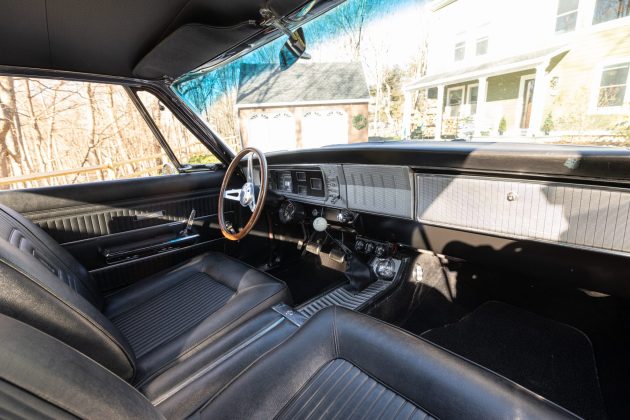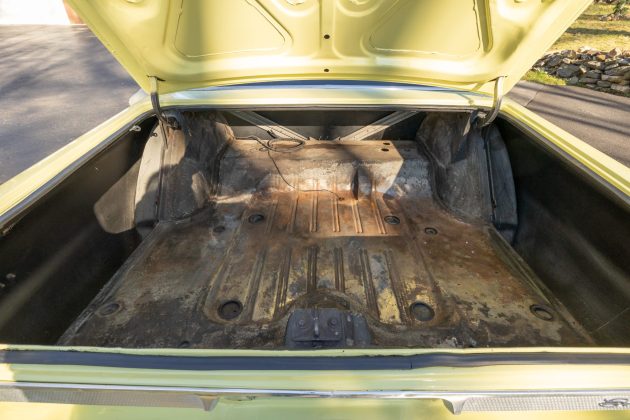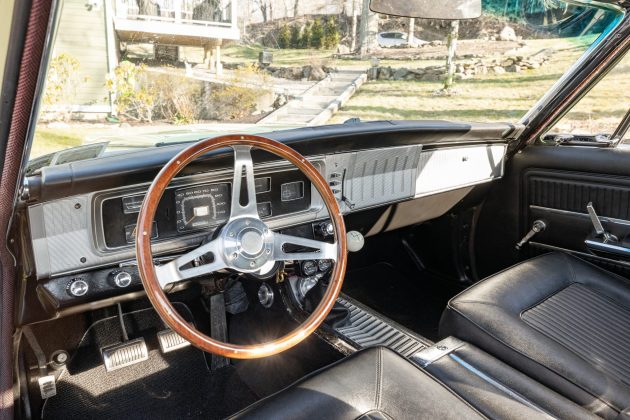When discussing 1960s Plymouths, the Satellite often takes a back seat to its more celebrated counterparts, the GTX and Road Runner. While the latter two left an indelible mark on the muscle car scene, the Satellite, perceived as a more refined version of the Belvedere, had its own moment in the sun as a high-performance option.
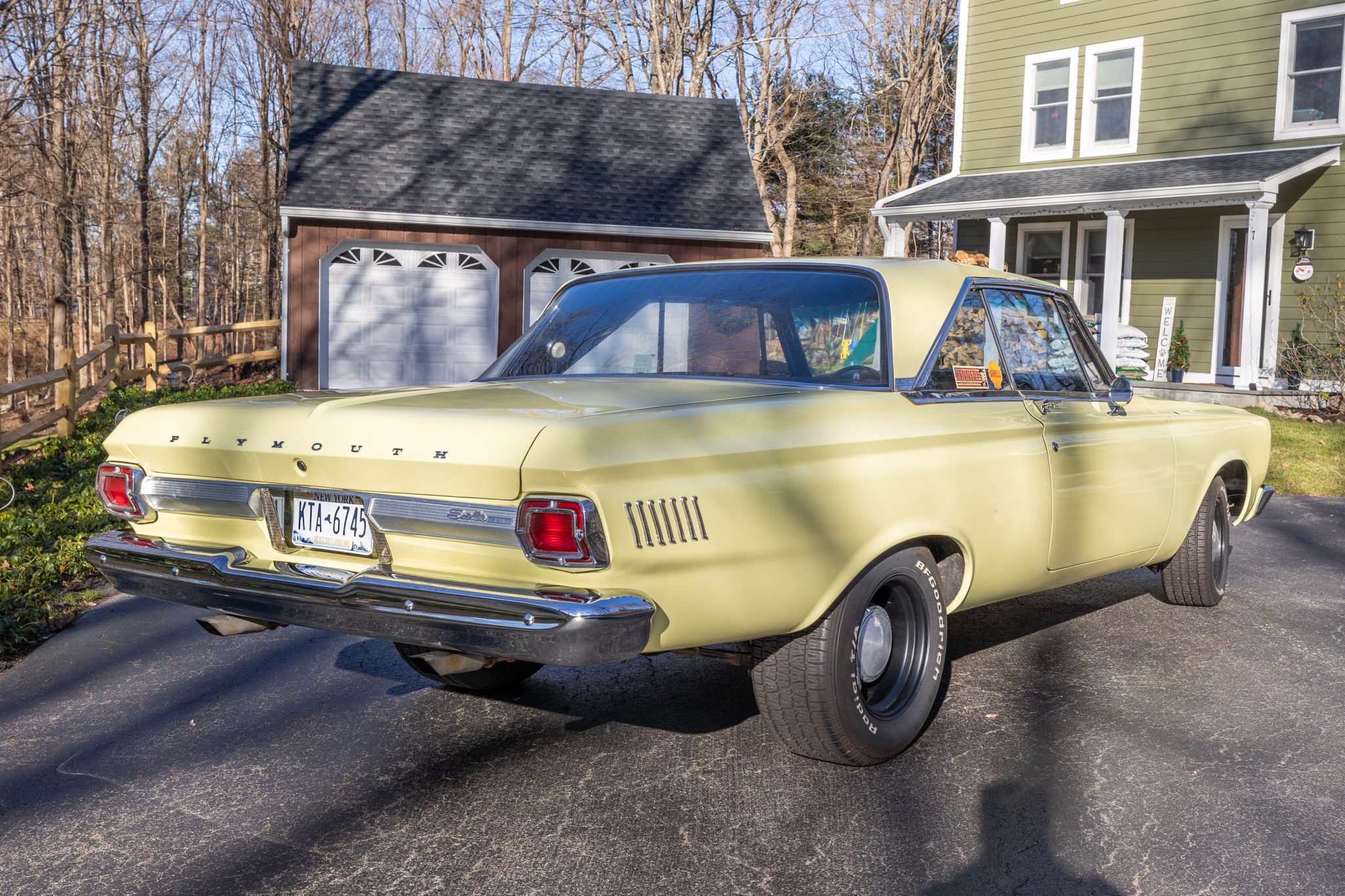
The Satellite’s Debut and Unique Positioning
Debuting alongside the redesigned second-generation Belvedere in late 1964, the Satellite set itself apart with a distinctive position in the lineup. The Belvedere series comprised the base model Belvedere I, the feature-rich Belvedere II, and the top-tier Satellite. This new subseries wasn’t just a Belvedere with added options; it was limited to the two-door hardtop and convertible body styles, boasting bucket seats and a center console at no extra cost. The standard V8 engine further solidified its premium and sporty appeal compared to the Belvedere’s inline-six in the base trim.
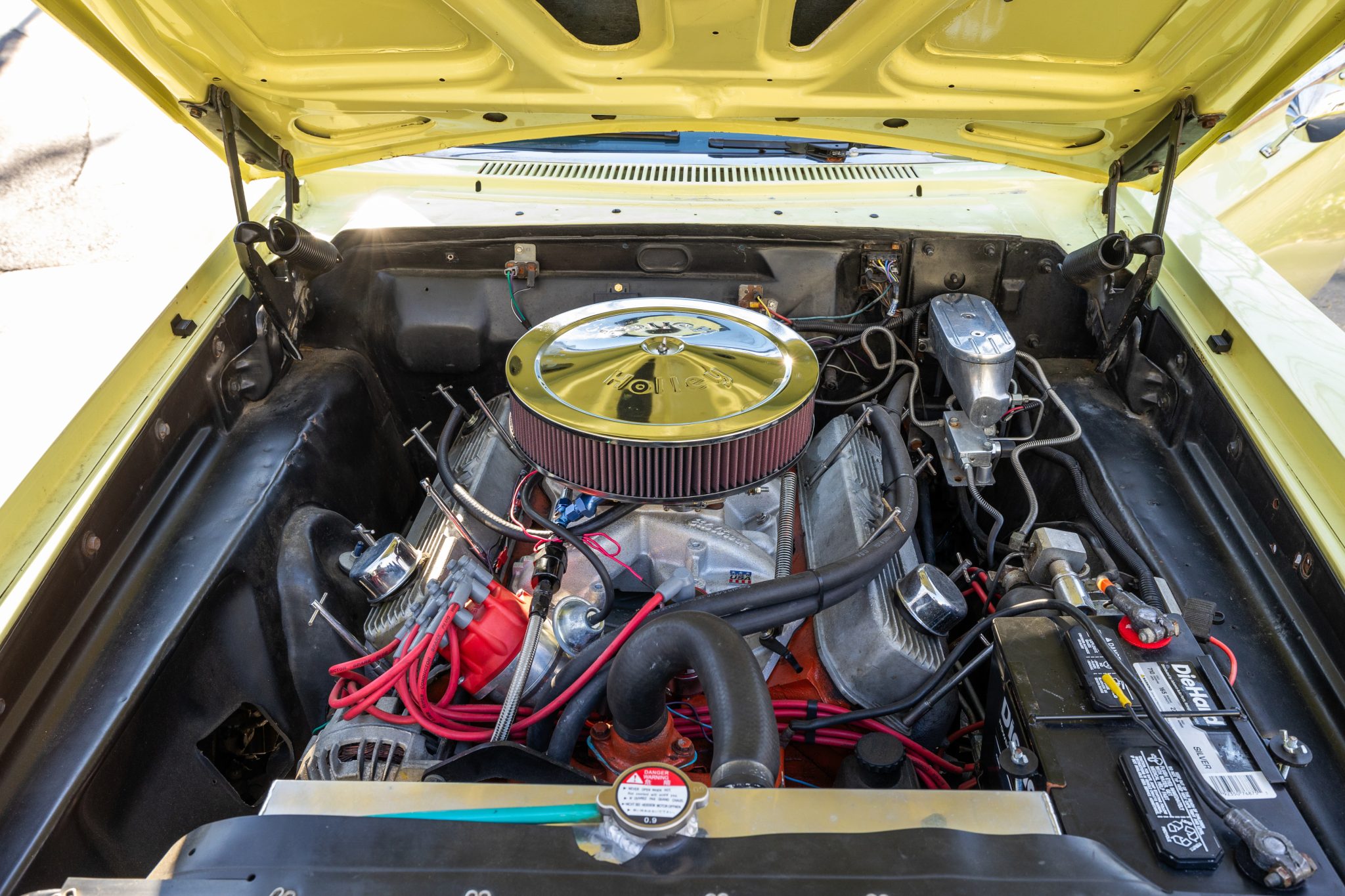
Evolution of the Satellite: From Powerhouse to Practicality
The Satellite’s evolution continued with the introduction of the mighty 426-cubic-inch HEMI engine in 1966, maintaining its status until the arrival of the more upscale GTX in 1967. The subsequent year saw Plymouth expanding the Satellite series to include four-door sedan and station wagon variants. While the 1968-to-1974 Satellite may appear more commonplace, the 1965-to-1967 versions stand out as the pinnacle of Plymouth’s intermediate lineup in terms of both performance and features. With the right engine, they present a compelling alternative to the pricier GTX of the late 1960s.
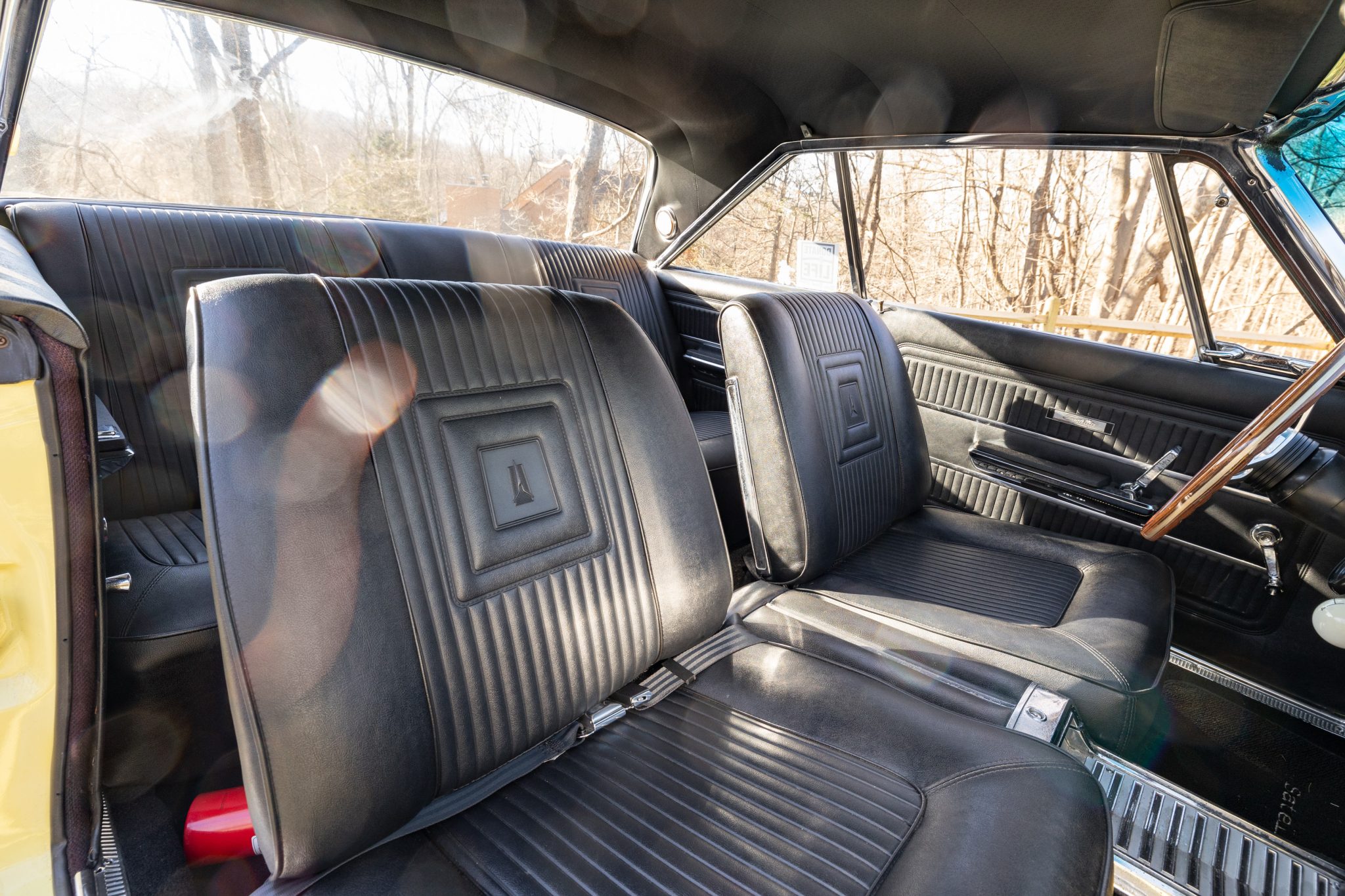
The HEMI Satellite: Rarity and Desirability
The HEMI Satellite, particularly the 1966 iteration, stands out as the most coveted version, with only 817 units sold (including a mere 27 convertibles). The 1967 model saw even fewer examples hitting the market. While the showcased 1965 hardtop lacks the HEMI badge, it remains an enticing choice for Mopar enthusiasts seeking a sleeper with a few surprises under the hood.

Performance Upgrades: Unveiling the Sleeper
Painted in a subtle shade of yellow, this Satellite may appear unassuming, but beneath its exterior lies a host of upgrades. Sporting a more recent 440-cubic-inch big-block V8 sourced from a 1967 GTX, the engine boasts modern enhancements such as a forged crankshaft, Eagle connecting rods and pistons, an Edelbrock intake manifold, and a Holley Street Avenger carburetor.
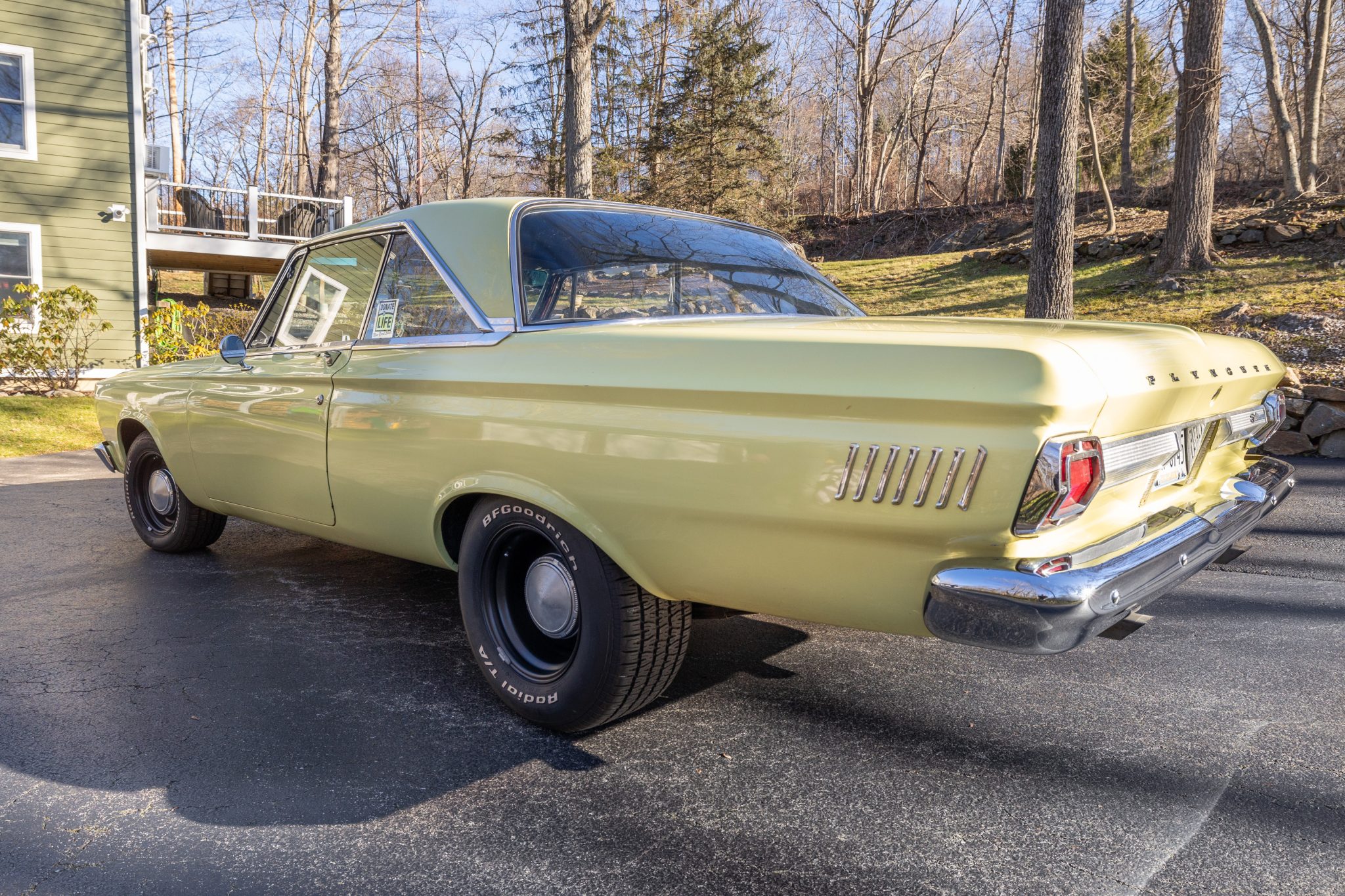
With no specific power details available, the combination of a four-speed manual transmission and a 3.55 rear end suggests a formidable output, potentially exceeding 400 horsepower. Despite its somewhat lackluster color, this Satellite offers a classic Mopar aesthetic with enhanced performance. Currently up for auction on BaT, bidding starts at $13,000, presenting a unique opportunity for muscle car enthusiasts.
# FAQs: Your Burning Questions Answered
**Q1: What distinguishes the Satellite from other 1960s Plymouths?**
A1: The Satellite carved its niche as a premium and sporty alternative to the Belvedere, featuring unique body styles, bucket seats, and a standard V8 engine.
**Q2: Why is the 1965-to-1967 Satellite considered the top-dog Plymouth intermediate?**
A2: During this period, the Satellite boasted both performance and features, standing out before the introduction of the more upscale GTX.
**Q3: What makes the HEMI Satellite so desirable?**
A3: The HEMI Satellite, especially the 1966 version, is rare and highly sought after, with limited production numbers and a powerful engine.
**Q4: Tell us more about the showcased 1965 Satellite.**
A4: Painted in a subtle yellow, it features a upgraded 440-cubic-inch big-block V8 with modern enhancements, currently up for auction on BaT with a starting bid of $13,000.












